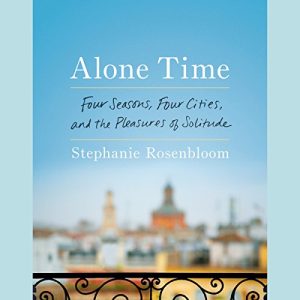Northern Ireland’s capital, Belfast, nestles in a semicircle of hills, where the River Lagan enters Belfast Lough. About a third of the population of Northern Ireland live here. The Titanic was built here and the dock where that was done has been preserved, along with the cranes and equipment used. Even the offices where the ship was designed remain as they were. Then there is County Antrim, which is beautiful. Its coast is dotted with beaches and rocky inlets. Inland there are nine glens, which descend to the sea. In addition to wonderful scenery, with forests, rivers and waterfalls, the landscape is dominated by spectacular ruins of fortresses built by Gaelic chieftains and Norman invaders. The area called Cityside includes at its core the only intact medieval walled city in Ireland or the British Isles. Facing it is the Waterside area. Saint Columba founded a monastery here in 546. Take a walk along the walls of the medieval city.
Criss-crossed by mountains, moorland and inland waters, the Sperrins has been designated an Area of Outstanding Natural Beauty. What makes it so wonderful is that it is so peaceful. Tyrone is the largest county in the North yet has the smallest population. There are also nature trails and forest parks to explore. From the 18th to the last century, a huge number of its people left to seek new lives in North America and there are many places closely associated with them – ancestral family homes of US Presidents and other prominent figures, such as the Mellons, who founded Pittsburgh, Davy Crockett, President Woodrow Wilson and Ulysses S. Grant. Next comes County Down, where St. Patrick settled. He landed on the shore of Strangford Lough in 442 AD and is believed to be buried at Downpatrick. All of the hotels and places to eat are detailed as well, plus the hikes, walking tours, bike trips, boat tours and more. Entertainment, shopping, how to get around, sightseeing and more are described as well.








Reviews
There are no reviews yet.